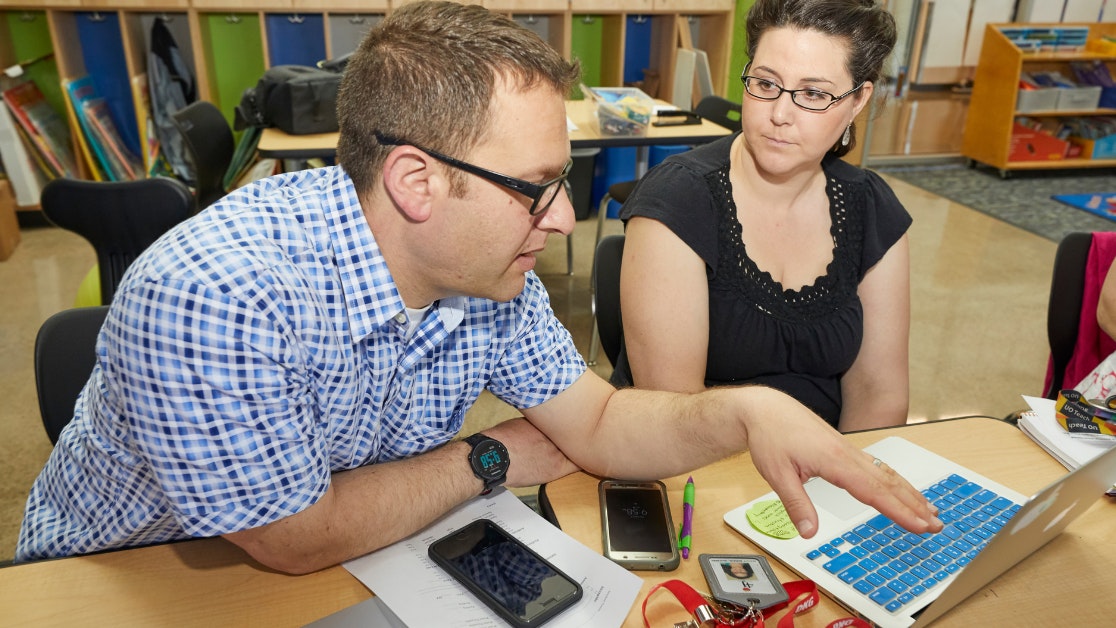Homepage
•
Learning Library
•
Blog
•
6 Steps To Building a Successful Edtech Coaching Program
Expand breadcrumbs
Expand breadcrumbs
- Learning Library
- Blog
- 6 Steps To Building a Successful Edtech Coaching Program
- Homepage
- •
- Learning Library
- •
- Blog
- •
- 6 Steps To Building a Successful Edtech Coaching Program
6 Steps To Building a Successful Edtech Coaching Program
By Nicole Zumpano
February 10, 2023








